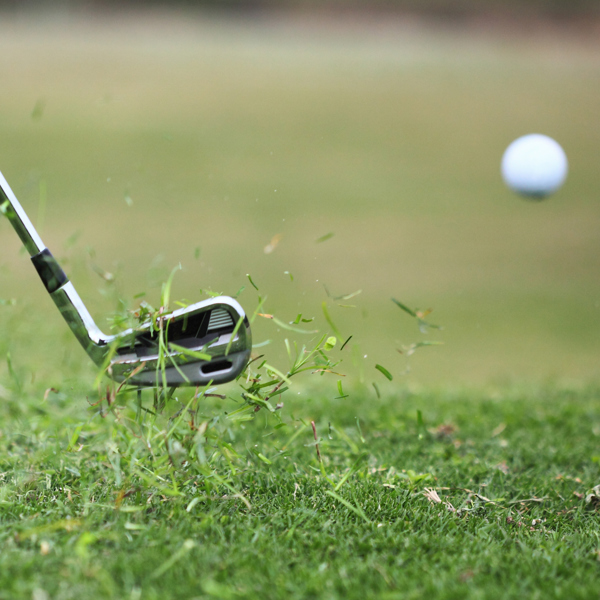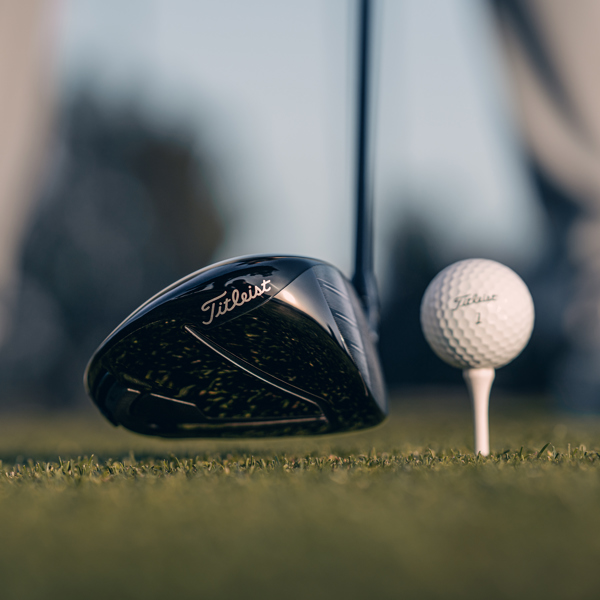Golf, a game of precision, strategy, and technique, can often seem overwhelming for beginners, especially when it comes to mastering the art of the drive. However, with the right approach and a few helpful tips, you can start to see improvement in your golf drives. This comprehensive guide provides an in-depth exploration of 21 tips that can help you improve your shots with the driver.
Key Points
- The importance of proper equipment fitting
- Essential adjustments in ball positioning and stance
- Understanding the mechanics of a good swing
- Using golf technology for self-improvement
- The power of precise aiming
Getting the Right Equipment
Get Properly Fitted for Your Driver
The first step to a good drive is a driver that suits you. A driver that matches your height, swing speed, and skill level can drastically improve your swing. Get fitted at a local golf shop or with a golf professional.
Choose the Right Shaft for Your Driver
The shaft is often referred to as the engine of the golf club. The right shaft can optimize your clubhead speed and improve your accuracy. Seek professional help to find a shaft that matches your swing speed and style.
Use a Launch Monitor
A launch monitor can provide valuable data about your drives, such as swing speed, launch angle, and spin rate. This data can help you understand your swing better and guide you towards improvement.
The Art of the Stance
Position the Ball Correctly in Your Stance
The ball's position in your stance can greatly impact the trajectory and distance of your drive. Align the ball with the inside of your lead foot for an upward strike, essential for maximizing distance.
Adopt a Wider Stance
A wider stance gives you a stable base for your swing, helping you maintain balance throughout your swing. This stability can lead to more consistent and powerful drives.
Adjust Your Tee Height
The height of your tee can significantly affect your drive. A good rule of thumb is to have half the ball above the top line of the driver at address.
The video below provides a great guide to position, stance and how to tee up the ball correctly.
Mastering the Swing - key golf driving tips
Take a Relaxed Grip on the Club
Avoid overgripping the club, as this can cause tension in your hands and forearms, affecting your swing. A relaxed grip allows for a better wrist hinge, a crucial element of power generation in your swing.
Limit Your Backswing
A controlled backswing prevents over-rotation and helps maintain control over your swing. Remember, it's not about how far back you can swing, but how well you can control it.
Do a Proper Hip Rotation
Your hips play a significant role in generating power for your swing. A proper hip rotation allows for a smoother transfer of energy from your body to the club.
Ensure Your Arms are Fully Extended Through the Shot
Maintaining full arm extension through the shot helps maintain the width of your swing and promotes a better follow-through. This technique can lead to longer drives.
Create Speed When Hitting the Driver
Speed is crucial for long drives. This speed is a combination of your body rotation and arm speed. Work on synchronizing these two elements for a powerful drive.
Hit "Up" on the Golf Ball
Hitting "up" on the golf ball promotes a higher launch and lower spin, both of which are key elements for longer drives.
Follow Workout Routines
Workout routines targeting strength and flexibility can help improve your driving distance. Incorporate workouts into your routine to increase your swing speed, such as those found in this comprehensive 8-week golf fitness program
Technology for Self-improvement
Use Swing Analysis Apps
There are several golf swing analysis apps available that can provide immediate feedback on your swing. These apps can help you understand your swing in more detail and highlight areas for improvement. Here's a guide to the best apps available.
Record Your Swing
Recording your swing is a great way to analyze your swing mechanics. You can review your recordings to spot any inconsistencies or issues with your swing.
Precision in Aiming
Aim Correctly
Aiming is a fundamental aspect of a good drive. It's important to align your body correctly towards your target. Practice this to improve your accuracy and consistency.
Choose Your Targets Wisely
Picking the right targets on the fairway can greatly improve your driving accuracy. Choose targets that give you the best chance of landing in the fairway and avoid hazards.
Final Tips for Improvement
Practice Regularly
Consistent practice is key to improving your golf drive. Make a schedule and stick to it. Over time, you'll see improvements in your swing and overall game.
Be Patient
Improving your golf drive is a process that takes time and patience. Don't get discouraged if you don't see immediate results. Stay focused on your practice and you'll see improvements over time.
Don't Forget to Have Fun
Golf is a game, and it's important to have fun while you're playing. Enjoy the process of improving your drive and don't let frustration get in the way of your enjoyment of the game.
Consider Getting Golf Lessons
If you're struggling to improve your drive, consider getting golf lessons. A PGA professional can provide personalized instruction and help you correct any issues with your swing.
Conclusion
Improving your golf drive as a beginner can seem daunting, with many different aspects to consider and work on. However, by taking it one step at a time and working on each aspect of your drive, you can see real improvement. Remember, it's not just about hitting the ball harder or further, but about improving your technique, understanding the mechanics of your swing, and practicing consistently.
Moreover, consider investing in some golf lessons, where a PGA Professional can provide personalized instruction to help correct any mistakes. This can transform your golf drive and improve your overall game. It's a journey, but with patience, perseverance, and the right approach, you can master the art of the golf drive.








